12 Brilliant Behavioural Science Books
- APG

- Mar 9, 2017
- 5 min read
This week I’ve shared what I think are some of the best books, blogs and events on the topic. In the following weeks I’ll discuss some broad themes such as why observed data trumps claimed data and why we should give as much weight to target moments as target audiences. I’ll also discuss some of the lesser known biases, as I think too much coverage is given to a small subset of biases, such as social proof and framing.
Finally, I’ll look at the ethics and effectiveness of nudging as there seems to be a backlash to the topic.
This is one of the classics of social psychology. The first edition was written in 1984 by Robert Cialdini, Professor of Psychology at Arizona State University, it outlines six biases that shape human behaviour, namely: reciprocity, commitment, social proof, authority, liking and scarcity.
If I had to recommend just one pure psychology book, it’d be this. It was written by Stuart Sutherland in 1992 – a full 16 years before Nudge. Somehow, in the early 2000s, it went out of print. Before it was re-issued second hand copies were so sought after that they traded for a hundred quid.
It’s a wide-ranging book, covering a huge range of biases. Whatever brief you’re working on there’ll be a relevant experiment in here. Best of all it’s a joy to read.
The strength of Dobelli’s book is that it’s divided into more than 100 chapters. Each chapter is concise, only 3 to 4 pages long, and dedicated to a single bias. This makes it a remarkably easy read and handy to refer back to.
It’s not as authoritative as the other books on the list but what it lacks in depth it makes up for in breadth.
His other strength is a Dave Trott-like eye for a good anecdote, which stops it feeling similar to the other books.
David Ogilvy famously said “People don’t think how they feel. They don’t say what they think and they don’t do what they say.” Philip Graves goes to great lengths to prove this is true and then outlines the profound implications for market research.
First, make sure you buy the right book – confusingly there are two psychology books called The Social Animal. I’d recommend the one by Elliot Aronson. Aronson, one of the most important social psychologists of the twentieth century, came up with the idea of the ‘pratfall effect’. That’s the idea that if we admit a mistake we become more appealing.
It’s amazing how many great historic ad campaigns have taken that to heart. Think VW, Avis, Guinness, Cream Cakes and Stella Artois.
It’s surprising how few campaigns apply this insight today.
I’m slightly obsessed about the pratfall effect and have written about it here.
Aronson’s book is out of print and at the moment second had copies cost £40 on Amazon. However, if you’re patient you should be able to get your hands on one for £20.
This is an excellent book written by the CEO of the Behavioural Insight Team, David Halpern. It outlines four broad themes of nudging: make it easy, attractive, social and timely. These themes are just as applicable to commercial advertising.
Many books on nudges and biases just recount the results of academic experiments. This stands out as it provides lots of details about real world tests the government have run.
Click here to see Halpern speaking on the topics covered in the book at the RSA.
This is a fascinating collection of government experiments conducted by the Behavioural Insight Team. Their annual report is full of examples of behavioural principles being applied and the results.
One of the unique elements of the reports is that it discusses what didn’t work as well as what did. Another strength is the analysis of what makes for a robust test.
Phil Barden’s book was one of the first to apply behavioural science to advertising. It covers a broad range of experiments, including a fascinating one from Mountainview on the relativity of choice.
Malcolm Gladwell admitted that: “All of my books have been, in some sense, intellectual godchildren of The Person and the Situation.” What more do you need from a recommendation? It’s particularly strong when explaining the fundamental attribution error. This is the idea that we overestimate the consistency of other people’s personalities. In reality, we vary from one situation to the next. That has important implications for brands as it suggests that we place too much weight on target audiences and too little weight on target moments.
This book, by Rory Sutherland, is probably my favourite book on behavioural science and certainly the only one I have read three times.
Many of the ways in which you can apply insights from behavioural science are pretty straight-forward. The brilliance of this book is that Rory takes the same biases that everyone else knows about and applies then in wonderfully unique ways.
Rory writes a fortnightly blog for The Spectator. It’s ostensibly a technology column but it often covers behavioural science.
Frankly, anything Rory writes is worth reading. His British Brands Group Lecture is one of his best pieces though.
And here he is in fine form on the TED stage: Life Lessons from an Ad Man.
After a while psychology books can get a little repetitive. You have to wade through a lot of familiar experiments until you get to fresh ones.
However, this book by Brian Wansink, a psychologist at Cornell University, is strikingly different as it focuses on one specific area: the psychology of food.
The other strength of the book is the creativity that Wansink shows in creating tests to prove his hypotheses.
Another book that benefits from its focus is Priceless. It hones in on the psychology of value – covering everything from how lawyers use anchoring to boost their settlements to the tricks of menu design.
If you enjoy the topic of pricing, I’d also recommend Leigh Caldwell’s The Psychology of Price.
If you get through these books there are plenty of others (Invisible Gorilla, Born Liars, Thinking, Fast and Slow etc). I normally have a psychology book on the go and tweet photos of interesting snippets from @rshotton
Tim Harford’s blog
Tim Harford is the economist behind the book and FT column, The Undercover Economist, and the Radio 4 statistics show More or Less. Tim’s earlier books and blogs tend to focus on economics but his more recent ones tend to blend economics and psychology. http://timharford.com/
Events
If you’re in London there is a huge range of speaking events that are either free or minimal cost.
(As an aside the danger is as these events are free we devalue them… Just as happens here with Joshua Bell, the world famous violinist.)
Although the topics at the first three places below cover a wide range of subjects, behavioural science or psychology speakers are regulars.
Behavioural Boozenomics is a monthly meeting held on the second Monday of each month in the Comedy Pub near Leicester Square dedicated to behavioural science. Check out the speakers here
Finally, on the morning of March 24th, WARC will be hosting a free morning seminar on behavioural science and advertising. I’ll be speaking alongside Mark Earls, author of HERD, Seamus O'Farrell, Colin Strong and Crawford Hollingworth.
This is the first week in Richard Shotton's APG Guest Editorship. Richard focused on how findings from psychology can be applied to advertising. It’s a crucial topic as psychology provides an understanding of why people make the decisions they do. Read more of his articles here.

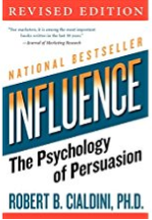
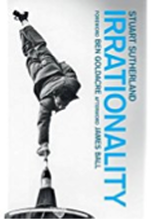
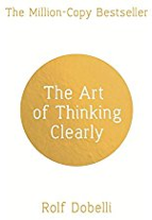
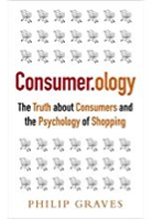
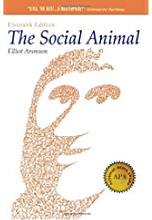
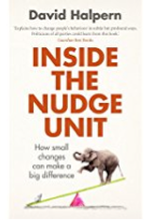
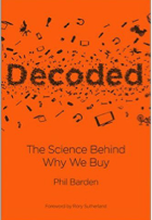


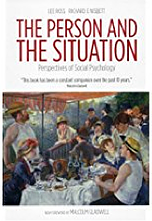
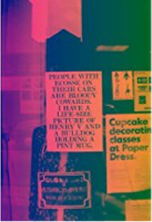
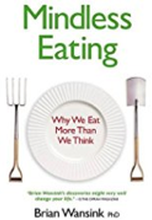
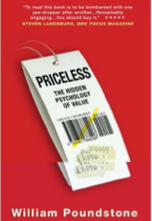



Comments